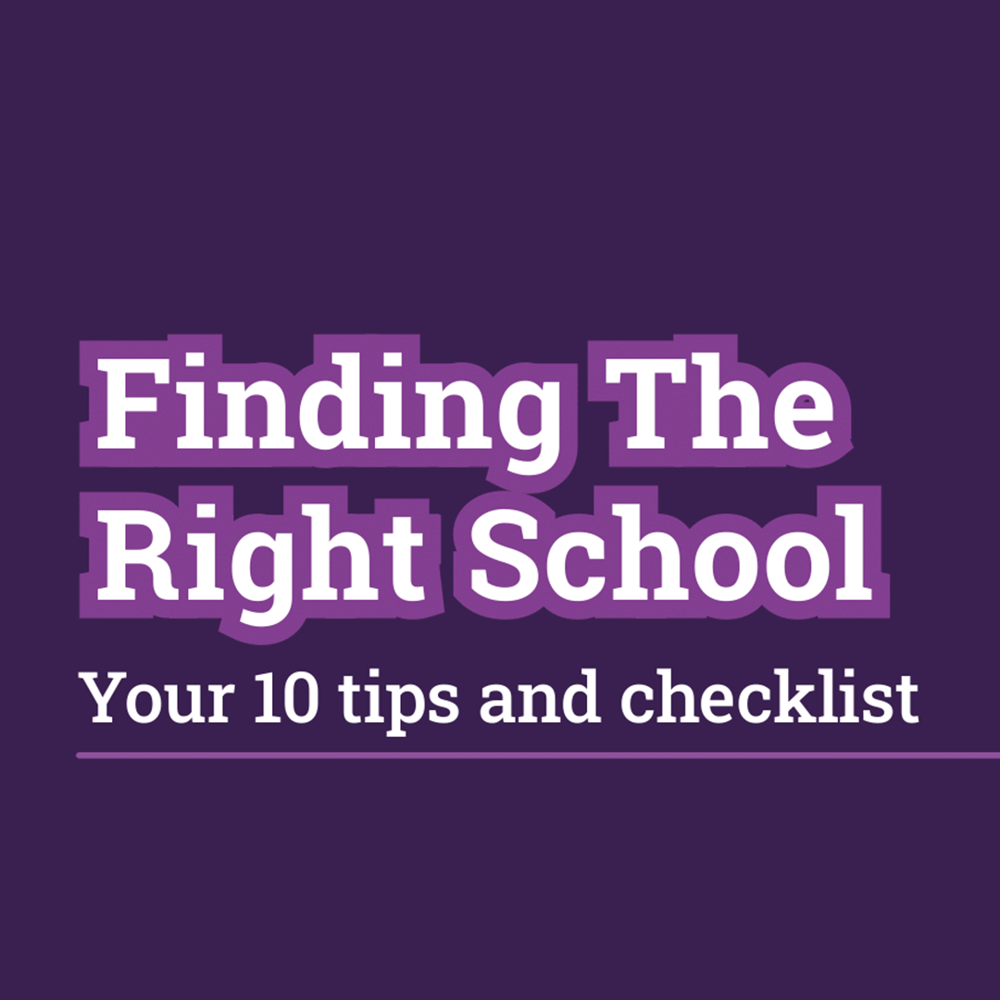23 JANUARY 2024
The search for the right SEN school for your child consists of many tick-boxes to enable them to feel safe, supported and ready to learn. Here are some top tips to guide you through the process.
Form a clear picture of your child’s needs in school
Consider their capabilities, assess what they can achieve, and outline your long-term aspirations for them. Identify their strengths and areas that require development. In this context, the focus is on recognising their abilities and unlocking their full potential. The goal is to efficiently bridge any gaps resulting from missed learning.
Consider the team around your child
Finding and securing a school place requires coordination and collaboration. It is essential to take into account all key decision-makers involved in the process such as teachers, school SENcos and any other professionals.
Seeking advice and guidance from others who can provide free support can be invaluable. Additionally, exploring eligibility for extra support outside of school could significantly influence the success of your child's school placement.
Types of Schools
There are numerous types of SEN provisions, such as communication and interaction, social, emotional and mental health, and sensory and physical needs.
When assessing your choices, the crucial factor to consider is determining which provision will most effectively cater to the specific needs of your child.
Initial considerations
Begin by verifying if the school can address your child's needs through thorough research of the provision; the school's website is a good starting point. Evaluate whether your initial impressions align with your aspirations for your child. Check the website for the most recent Ofsted report, and if not available, it can be found on Ofsted's website. Explore reviews and feedback online from other parents, though it's important to remember that what suits one person may not necessarily be suitable for another.
Arrange a visit
A visit will provide you with the opportunity to speak to the staff team and observe other young people in the learning environment. As the process progresses, it can be beneficial to involve your child in a visit, allowing them to feel involved and may result in them being more engaged with the transition.
During the visit
Assesses the cohort of the school and consider whether the other young people in the school have similar needs and abilities as your child. Ask about:
- The curriculum intent and delivery.
- Is there a flexible learning environment?
- Does the school offer non-academic teaching, such as life skills, social skills and vocational routes?
Additionally, inquire about the transportation options to the school, as the journey can be overwhelming for children and young people with SEN. Discussing transportation arrangements is essential to ensure a smooth commute to and from the school.
After the visit
Reflect on whether you can you can see your child thriving in the school and consider the following to help you make the right decision:
- Assess whether the school answered your questions and concerns.
- Does the information you have match up with your prior research and discussions?
- Do you now understand the next steps in the process and how to secure a place at the school?

Looking for more advice?
Download our tips and checklist to print and take with you during your school visit.

